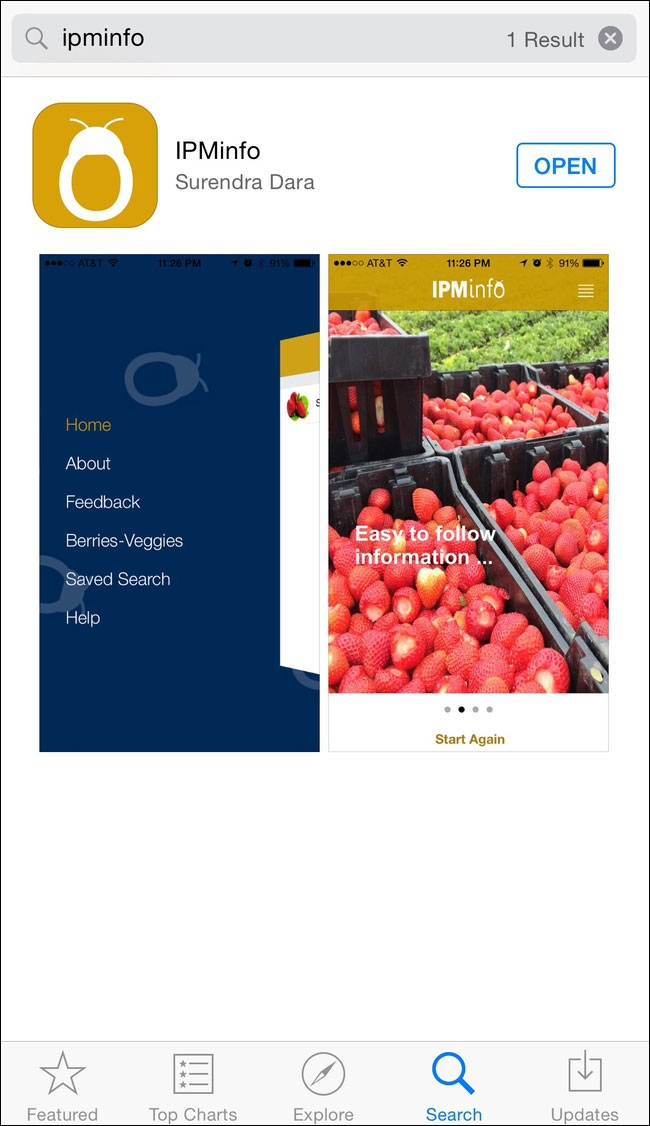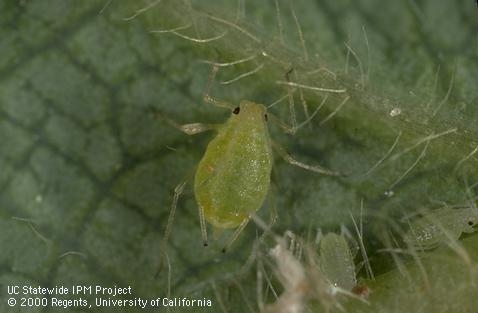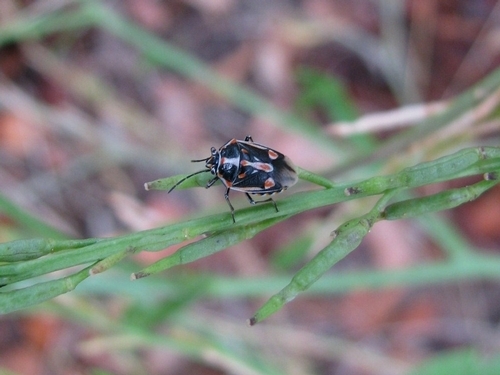Posts Tagged: Surandra Dara
New app helps strawberry growers manage pests
IPMinfo, the first app from UC Agriculture and Natural Resources (UC ANR) that provides integrated pest management (IPM) information to farmers, is now available for free download for iPhones on the App Store. The current version of the app contains information on invertebrate pests and diseases of strawberries and gives agricultural professionals easy one-touch access to quick summaries of various pests, pictures to help identify symptoms, and links to additional resources.
Extending research information is an important part of UC ANR Cooperative Extension. As communication technology is advancing every day, using modern channels of communication are important for successfully reaching out to growers, pest control advisers (PCAs), and other key players of the agriculture industry. Traditional newsletters (Central Coast Agriculture Highlights), blogs (Strawberries and Vegetables and Pest News), Facebook, Twitter (@calstrawberries and @calveggies), Tumblr, and online repositories of meeting handouts and presentations are some of the tools that play a critical role in making important information about the Central Coast strawberry and vegetable extension program readily available to the agricultural industry. The popularity of smartphones has made this information even easier to access.
Smartphone applications are becoming popular in agriculture to provide information and for decisionmaking. However, because there were no such applications to help California strawberry and vegetable growers, IPMinfo was developed. The first version of the app was released in December 2014 and an updated version was released in April 2015.
Growers can find information on invertebrate pests, including as aphids, cyclamen mite, greenhouse whitefly, lygus bug, spider mite, and western flower thrips. Diseases include angular leaf spot, anthracnose, botrytis fruit rot, charcoal rot, common leaf spot, fusarium wilt, leaf blotch and petiole blight, leather rot, mucor fruit rot, phytophthora crown rot, powdery mildew, red stele, rhizopus fruit rot, verticillium wilt, and viral decline. Each pest entry has information on biology, damage symptoms, and management options with associated photos. Links provided in the management section will take the user to the UC IPM website for more detailed information, especially about various control options.
To download the app on iPhones, go to the App Store and search for IPMinfo.
Author: Surendra Dara, UC ANR Cooperative Extension advisor, San Luis Obispo and Ventura counties
Bagrada bug menacing Santa Barbara gardeners and farmers
Seemingly out of nowhere, thousands of bagrada bugs have descended on Santa Barbara County gardens and organic farms, reported Joan Bolton in Noozhawk.
Bagrada bugs are native to east and southern Africa, Egypt, Zaire and Senegal, according to the Center for Invasive Species Research at UC Riverside. They first appeared four years ago in Los Angeles County, and rapidly spread through Southern California and southern Arizona.
Surendra Dara, UC Cooperative Extension advisor in Santa Barbara and San Luis Obispo counties, first wrote about bagrada bugs in his Strawberries and Vegetables Blog last January, when the pest was only found in Imperial, Riverside and Orange counties. Last month, Dara said the Santa Barbara agricultural commissioner received specimens from Solvang and found infestations of bagrada bug on mustard in other areas, making an official record of this pest in the county.
Conventional farmers are controlling bagrada bugs with pyrethroids and organophosphates like chlorpyrifos and malathion. However, because the bugs are so new to scientists, they haven’t yet figured out much in the way of organic controls, Dara said.




